Choosing a knife

It often happens that, even in situations of great food quality, one sees on the table knives that are modest in terms of cutting quality and very modest in terms of appearance. It is difficult to understand why on tables prepared with great care one should find knives of improbable shape and modest cutting quality.
How, then, to orient ourselves in choosing a good knife with both functional and aesthetic qualities?
It is quickly said:
- For any dish, the only knife that should appear on our table will be smooth-bladed, which will cut cleanly and without squeezing our food, leaving it rich in its juices (nourishment) and looking good (function and aesthetics). A serrated knife tends to fray and tear what we are about to eat, leaving some of the flavor and nutrition on our plate. A serrated knife is used only for dry-fiber baked goods. The use of serrated knives, certainly the most commonly found on tables around the world, and unfortunately sometimes in the kitchen, is a fairly recent habit, introduced with the advent of stainless steels and industrialization. Making serrated knives is an inexpensive manufacturing process and allows the use of poor quality steels which can be used to create only knives that saw!
- More delicate is the choice of a knife that satisfies aesthetic and intangible qualities. In this case the choice is strongly conditioned by personal sensibilities therefore subjective. However, an indication can be given even in this sense: the knife should come out of the hand as if it were an extension of the limb, and the wrist should not make difficult and unnatural movements during the cutting action. The cutting action should be elegant and not look like an assault on the food. Vincenzo Cervio’s work cited in the guide “Cutting in the Kitchen and at the Table” provides some criteria on the matter.
Other intangible values are then encapsulated in a knife and depend very much on the manufacturer.
In this case I can only tell you what Coltellerie Berti is able to offer:
- Our knives are made from high-quality, carbon-rich German steel that guarantees an effective and durable cut.
- They are made by hand, without division of labor: the person who starts a knife finishes it, and on the blade are the initials of the person who made it.
- The handles, even when they are made of plastic, are not molded but are made from cold-cast plates and worked freehand one by one.
- Each blade, in addition to being hardened, is also subcooled to -80 °C precisely to ensure maximum cutting life.
- Both forged and laser-cut knives are available in our assortment.


